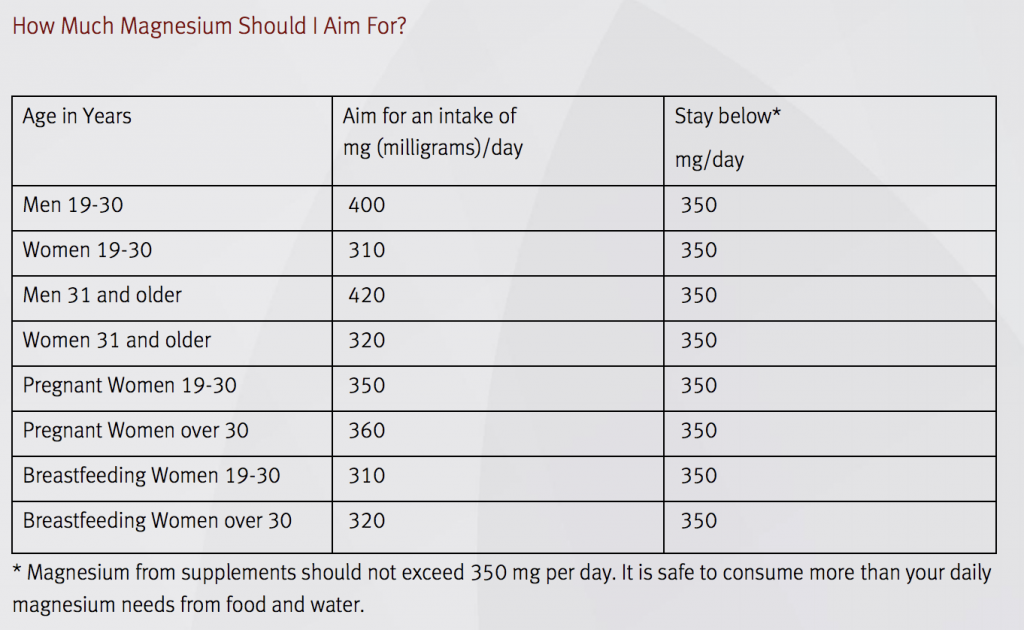According to the Vitamin D Council, vitamin D is essential to bone health and researchers say that the “sunshine vitamin” plays a vital role in many other areas of health as well. Skin’s exposure to sun enhances mood and energy.
With the onset of fall, you’re bound to get less vitamin D than you might have in the summer. Seasonal depression has many root causes, but it’s suspected that lowered levels of D might affect change in the brain. Receptors found in the areas of the brain that are linked with the development of depression might be activated with decreased exposure to sunlight. [1]
The thing is, researchers aren’t exactly sure how this works; it’s thought that vitamin D affects the production of monoamines like serotonin and how it works in the brain. Anti-depression medications, for example, also increase monoamine levels, and there is science to demonstrate that vitamin D works in a similar way, which may help elevate mood and alleviate depressive symptoms.
Okay, but how much should I take?
First and foremost you should consult your healthcare provider regarding how much vitamin D you should take every day, as the amount needed can vary tremendously from person to person.
Those who don’t get regular sunlight exposure or who tend to use a lot of sunscreen may very well be vitamin D deficient. People with darker complexions are also at risk of being deficient because their pigmentation reduces vitamin D production in their skin. Some people also have higher needs for this vitamin than others, including those who are obese or pregnant. Older people may need to take higher dosages because their thinner skin can’t actually produce the amount of vitamin D that they require.
Your healthcare practitioner can order a relatively simple, inexpensive blood test to measure your vitamin D (25-hydroxyvitamin D) levels. If you are in fact deficient, your healthcare provider might suggest that you take higher than the recommended daily amounts. CanPrev D3 drops provide 1000 IU in every drop, making it simple to take higher dosages.
If your vitamin D levels fall in the normal range, you can safely continue taking the recommended daily dosages. Below are two recommendations that might serve as a guide to help you determine your daily minimum and maximum requirements.
Source: https://www.dietitians.ca/Downloads/Factsheets/Food-Sources-of-Magnesium.aspx
CanPrev Favourites
D3+K2 Softgels / D3 + K2 Drops








Leave A Comment